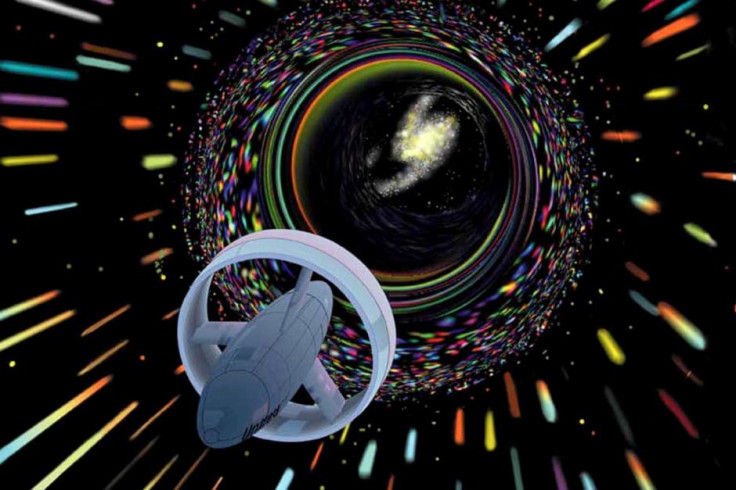Warp speed space travel 'theoretically possible' but we lack materials necessary to build drive

Warp speed space travel is theoretically possible, but whether or not we will ever get the materials needed to build such a machine is another question, an astrophysicist has said. Professor Geraint Lewis, from the University of Sydney, said the idea of warp speed is part of Einstein's theory of relativity – because it shows we can bend and warp space.
Speaking to ABC News, he said: "If you look at the equation that Einstein gave us, it shows you can bend and warp space so you can travel at any speed you like in the universe. It's theoretically possible, but can we ever build a warp drive? We have hints that the kind of materials that we would need exist in the universe, but whether or not we could get them together and build a warp drive, we still don't know."
Lewis, who is set to deliver a talk at the National Science Week in Sydney, said that without warp drive space travel, colonising the universe is unlikely to happen for mankind. "The big problem we have, the speed of light, while fast - 300,000 kilometres per second - the distances involved are immense, so even travelling at the speed of light, it would take four years to go to the nearest star and two million years to go to the nearest large galaxy. These distances would stop you colonising the universe ... so you would need some sort of way to beat that speed limit, and Einstein's theory of relativity gives it to you."
He said a conventional rocket thruster would never be enough to build a warp drive and instead scientists will need a material that has a negative density energy – a material that we do not currently have. This negative energy can bend space time meaning all sorts of time-related phenomenon could become possible including warp drives and time travel.
Unfortunately, nature imposes strict constraints on the magnitude and duration of negative energy meaning the construction of warp drives is highly unlikely. They would also probably produce gravitational fields that would rip everything to shreds.

Lewis said we are not close to creating a warp drive, but in the distant future it is not outside the realms of possibility: "It is not a material that we actually have in our hands, but there are signs that there are aspects of the universe that actually have this kind of property.
"Empty space itself has a negative energy density. The big question is if we could mine it and shape it, we would basically have a warp drive there and then, but we just don't know if that's possible."
He added that many theoretical concepts turned out to be possible hundreds of years after they were first proposed – so why not warp speeds?: "You just have to look at the work of Newton 400 years ago, and even people who work in quantum physics 100 years ago, and those things are real today and they started off as dreams essentially. Einstein's theory is already a hundred years old, but we have only started to scratch the surface. I think in the next 100 or 1,000 years we will reveal a lot more about the universe and maybe this hyper-fast travel will be realisable."
A statement from Nasa in March also said warp speed is impossible at present, but could be realised one day: "Science fiction writers have given us many images of interstellar travel, but travelling at the speed of light is simply imaginary at present... There are many 'absurd' theories that have become reality over the years of scientific research. But for the near future, warp drive remains a dream."
© Copyright IBTimes 2025. All rights reserved.






















